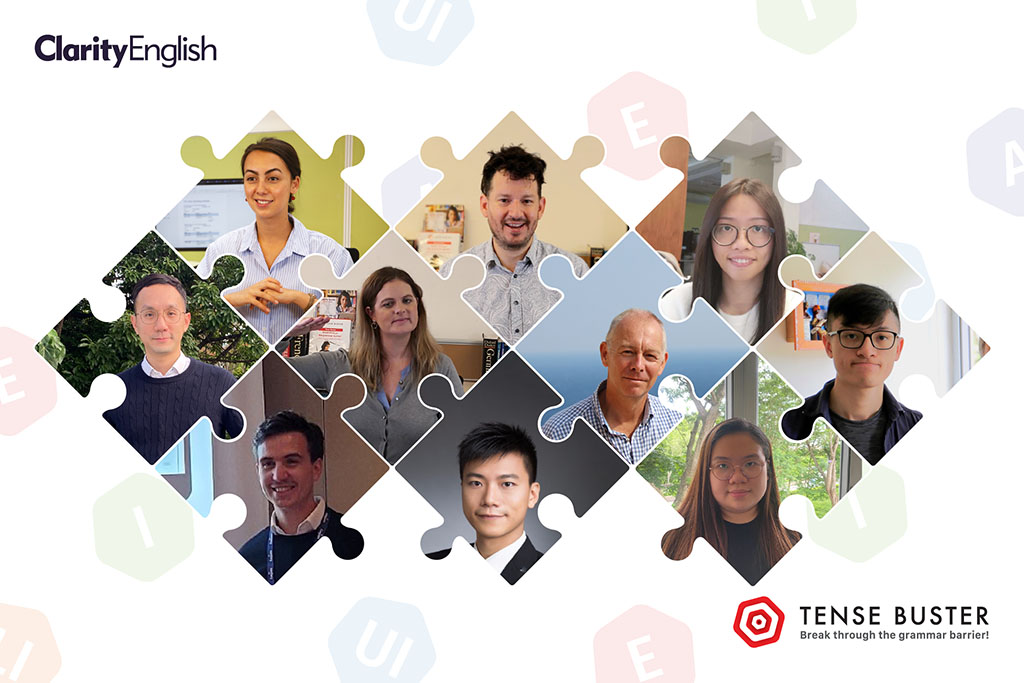‘Why do I hate grammar sometimes?’ This is the title of a forum from Quora, a social question-answer website. The most popular answer? ‘People hate it because they do not understand it and when someone corrects them about it they feel embarrassed.’ Grammar is an area of English that feels very rigid, is full of rules, and as this user pointed out, the focus tends to be on your errors. So how can we give grammar a better reputation?
For starters, we need to know what the major barriers to learning grammar are. We have spent the last six months upgrading Clarity’s grammar program, Tense Buster, which teaches 33 key grammar areas. The program spans five levels (Elementary, Pre-Intermediate, Intermediate, Upper Intermediate and Advanced, or A2 – C1) and centres around putting grammatical concepts into context. Our upgrade was guided by three key barriers: guidance, relevance and application.
Guidance
In order to progress in language learning, learners must study independently. But when a resource, like Tense Buster, is assigned as a tool for self-study, often learners don’t know where to start. Instead of leaving students to guess what level they are, and risk discouragement by attempting exercises that are either too hard or too easy, we wanted to guide students to the right starting point. We introduced a placement test at the beginning of the program to advise learners which level is most appropriate for them. This way, they can confidently plan what they want to achieve.
Relevance
Every educational program, whatever the topic, needs to be relevant to the user. The pedagogy may remain broadly the same, but contexts are guaranteed to change. With Tense Buster, we recognised that although the grammar rules haven’t changed, the way we speak, write, and communicate with each other has. We introduced relevant and appropriate texts, videos and articles about travel, conservation, diet and more.
Application
Grammar is often thought of, primarily, as a written skill. This comes down to a long tradition of grammar textbooks. But in reality, using and recognising grammar is essential to all four skills. If we look at speaking for example, we find there are a number of key pronunciation elements essential to producing correct grammar and comprehensible speech:
– the phonemic difference between /s/ and /z/ in the he, she and it forms of the simple present,
– linking words when asking questions (‘what do you do?’ versus ‘what dyu do?’),
– producing consonant clusters at the end of past participles (e.g. jogged, robbed, settled)
These are just a few examples of common pronunciation features we address in Tense Buster. Every unit includes a video of a teacher explaining and modelling pronunciation concepts associated with grammar rules. Over the next few weeks we will add more of these videos, in North American, Australian and Indian English.
Almost all students are afraid to get things wrong and are embarrassed by mistakes. We hope Tense Buster’s new content will provide that extra ounce of motivation to help students communicate clearly and confidently so they can break through the grammar barrier.
If you want to learn more about Tense Buster or even try it out, visit our website: https://clarityenglish.com/program/tensebuster/

